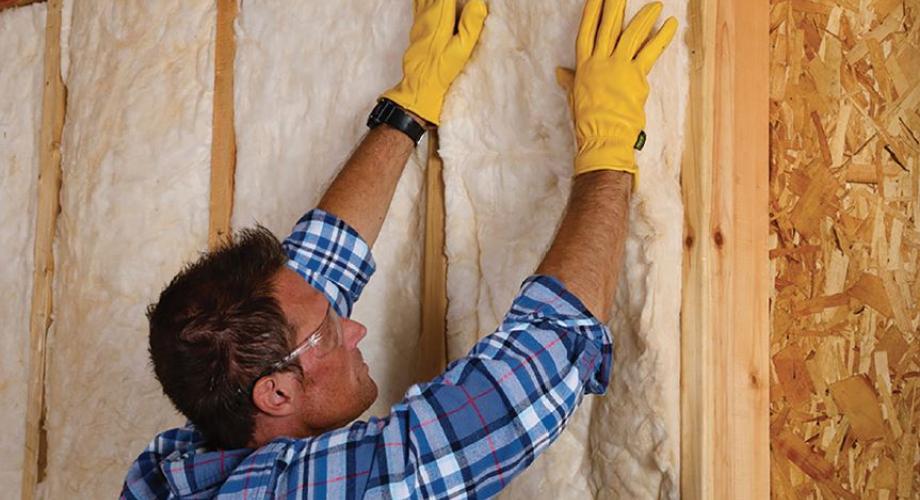Winter weather often exposes vulnerabilities in multi-unit buildings that can both strain maintenance teams and raise costs and frustrations for residents. As the season approaches, now is the perfect time to develop a proactive maintenance plan that identifies trouble spots and ensures a comfortable and efficient home environment.
Following are strategies make great starting points for any winter weatherization checklist.
Fortify the Attic
Below-roof attics can become havens for cold air that can quickly spread through a community. While attics can be draft conductors, they also are among the easiest areas to reinforce. Simply adding extra insulation can improve heat retention and localize incoming air blasts – in fact, if applied properly, ample insulation can reduce energy costs within individual apartment homes by as much as 20 percent.
Modern insulation also can deliver benefits beyond temperature management. Home Depot merchants worked with Owens Corning to develop Pure Safety High Performance Insulation, the world’s first certified asthma and allergy-friendly insulation that is mold and mildew resistant. Residents will breathe easier and get a better night’s sleep knowing it’s fire-resistant, sound-absorbing and can assist with energy bills by keeping heat in during the winter and the cool air from escaping in the summer.
Close the Gaps
Drafts are residents’ primary winter nemesis. To offset the influx of bitter air, many simply opt to turn up the heat, which is effective short-term, but ultimately proves costly.
Thankfully, proper attention to detail can deter dangerous drafts. Maintenance teams should begin inspecting doors, windows and siding for gaps and holes that welcome cold air. If areas need repair, foam sealants, weather strips and caulk offer low-hassle, low-cost fixes.
Pipe maintenance also takes greater priority during the winter, because leaking and freezing elevate the risk of bursts and potential damage and service disruption. Beyond checking internal apartment home fixtures, maintenance teams also should evaluate pipes for cracks or disconnects.
Stock Up on Supplies
Large communities are susceptible to ice and snow accumulation that can become a safety risk for residents. Instead of waiting for a weather event, stock up on salt, ice melt and tools now while the demand is less urgent. Stowing these items not only keeps an adequate supply on hand to address community challenges, but also keeps staff from venturing out in potentially unsafe conditions.
The fall months also are a great time to check the performance of shovels, snow blowers and other removal equipment. If these tools are outdated, consider upgrading to a powerful alternative that clears space quickly without disturbing sleeping or working residents, such
as EGO’s 56 Volt Snow Blower.
Heat Smarter
A conversion to smart thermostats not only reduces the toll on community HVAC systems, it also gives apartments a contemporary feel. These more capable alternatives, such as the Honeywell Lyric T5, activate and shut off based on occupancy and movement trends, deploying heat only as necessary. Residents also can synchronize their smartphones to monitor and adjust their home temperature settings from any location. This added control will help residents reduce heating bills and alert maintenance to potential issues faster.
Winter brings about a series of challenges that are much more difficult and expensive to address once in real time. Taking precautions now can ensure more efficient resolution and spare residents from the discomforts, dangers and higher costs that tend to accompany the season.
Sulema Vela, The Home Depot
